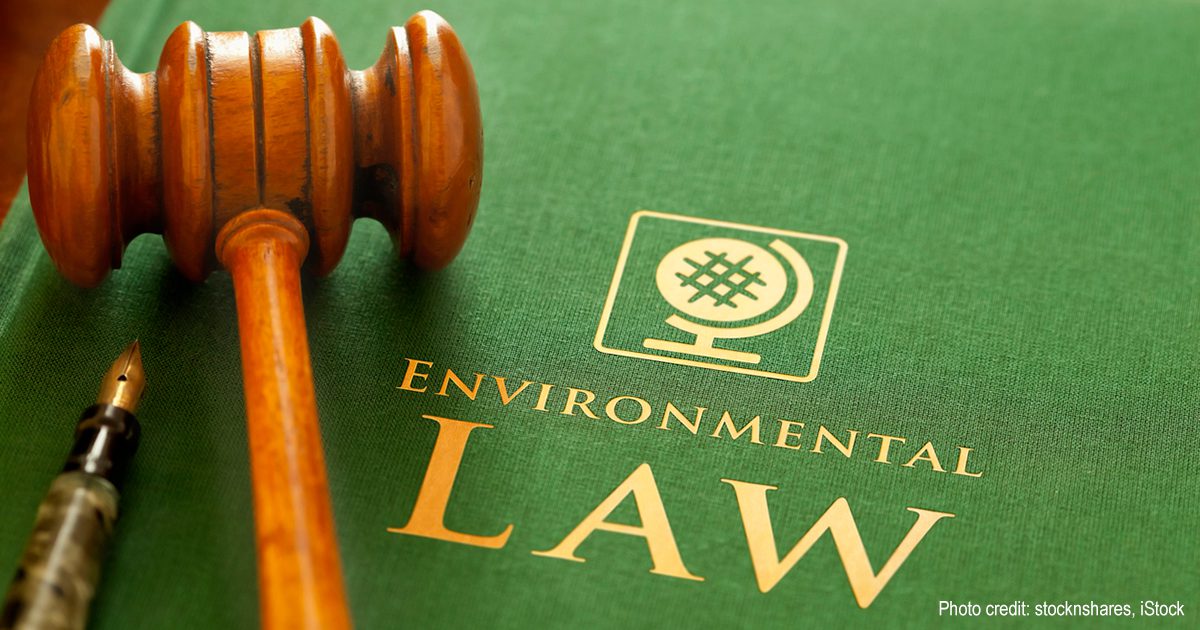
Sep 19, 2024 Rising Climate Litigation: Holding Governments & Corporations Accountable
Multiple organizations, including the United Nations Environment Programme (UNEP), are actively monitoring and documenting the increase in climate-related legal cases in the 21st century. The Sabin Center for Climate Change Law at Columbia University, established in 2009, maintains a global database of climate litigation. It has collaborated with UNEP in producing three reports on climate litigation in 2017, 2020, and 2023. Additionally, the Grantham Research Institute on Climate Change and the Environment at the London School of Economics, established in 2008, released its sixth report on climate change litigation in 2024.
The Grantham 2024 report discusses the significant increase in climate-related legal cases worldwide since the year 2000. The first climate litigation case was filed in 1986, followed by a few more cases up to the early 2000s. However, there was a notable rise in climate litigation starting in 2005. In 2021, there were over 280 cases filed worldwide. As of December 2022, the Sabin Center’s climate litigation database recorded a total of 2,180 cases filed in 65 different jurisdictions, including international and regional courts as well as arbitration tribunals. Among these cases, 1,522 (including the first one in 1986) were filed in the USA.
The litigation has been sorted into six categories for analysis including:
- Climate and human rights (a major category for lawsuits brought by youth);
- Inadequate domestic enforcement of climate mitigation options;
- Challenges to new exploration and drilling projects for fossil fuels;
- Corporate liability and responsibility for costs due to climate change;
- Failures to adapt to climate change and the impacts of climate change; and
- Challenges to climate adaptation claims viewed as greenwashing and hence deceptive.
According to a recent report by Oil Change International, 86 climate lawsuits were filed against the world’s largest oil, gas, and coal-producing corporations from 2005 until July 2024, most of them following the 2015 Paris Accord on Climate Change. Of these lawsuits, 50 were filed in the USA and 26 of the 50 were filed by cities, counties and states.
The lawsuits filed by the cities and states are often modeled after the state litigation playbook that led to the major settlements by tobacco companies and opioid drug marketers and distributors. In the lawsuits brought by Oakland and San Francisco against Chevron, the presiding judge asked for a tutorial on climate change science and the extent of the disagreement over the facts of climate change. Theodore Boutrous, an attorney representing Chevron stated that Chevron agrees with the Intergovernmental Panel on Climate Change’s (IPCC) findings and that there is no longer any debate over climate science. According to one report about this court case, there is no longer any debate over humanity’s role in causing rising temperatures while future deliberations will give way to the thornier challenge of establishing blame.
Nonetheless, attorneys for the fossil fuel companies argue that climate change is a very different issue compared to other issues involving the application of public nuisance torts. Such cases have a defined scope and are applied to specific instances of pollution. In climate change cases, the litigants are seeking compensation for damages that have not yet happened and are blaming a pollutant that cannot be attributed to any one entity. Cars, power plants and building furnaces all emit greenhouse gases.
The cities and states seeking damages have also benefited from and encouraged the use of fossil fuels and none of the plaintiffs are seeking an injunction against producing more fossil fuels. However, even if the climate lawsuits filed by cities and states do not succeed, the discovery process could generate new materials and new opportunities for litigation. That is one reason why corporate defendants are seeking to have the cases thrown out before they even begin.
Elsewhere in the world, climate litigation has resulted in some success. In the Netherlands, lawsuits against the government and Shell have resulted in victories with the courts ordering the government and the company to do more to mitigate the causes of climate change. At the end of August 2024, a South Korean court ruled in a case filed by 250 South Koreans, one-third of whom were children or teenagers, that the government’s actions to fight climate change were insufficient to protect the rights of its citizens and ordered the government to set climate reduction targets for 2031 and beyond. In Australia, a First Nations group called Youth Verdict successfully sued, using human rights arguments, to prevent a company from opening a coal mine in a nature reserve. The case made legal history. It was the first time a Queensland court recommended refusal of a permit to mine coal on climate change grounds and the first case linking human rights and climate change in Australia.
Advocates have recently achieved legal victories, but the courts also provide opportunities for corporations to challenge environmental regulations and climate litigation. For instance, corporations have utilized an ‘Investor-State Dispute Settlement’ process, resulting in governments paying out multi-billion-dollar settlements to fossil fuel companies. Moreover, some argue that climate “lawfare” hinders economic growth and democracy and that charitable funders of climate litigation are overstepping their role as charities. Despite ongoing climate litigation, opposition is gaining momentum.
Climate litigation is a complex and growing area of law in the USA and internationally. This article aims to provide a brief introduction to the topic and increase awareness of this complex issue that will continue to evolve and affect our world. WellBeing International aims to raise global awareness around climate change and the resulting litigation to increase the likelihood of reaching an equitable path forward.


